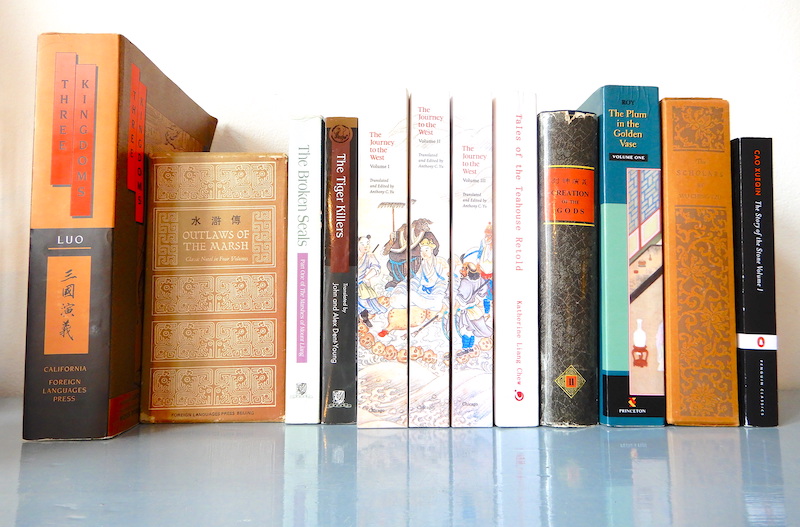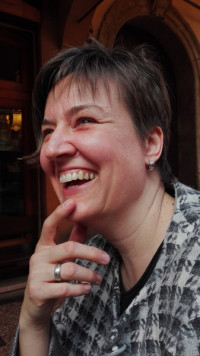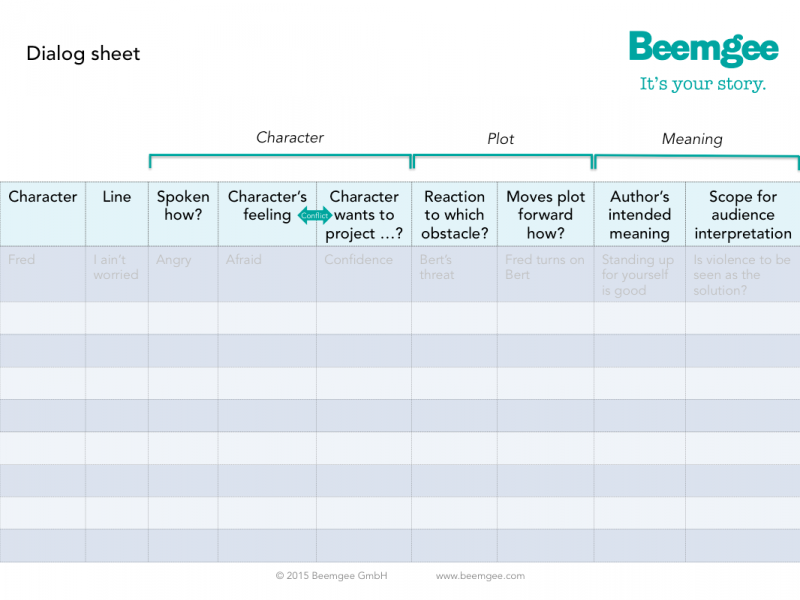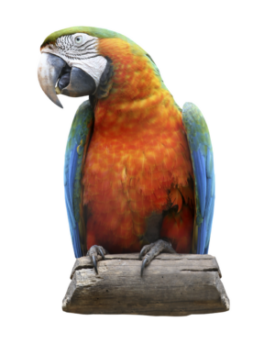
Take a look at your book shelf. Chances are there are European and North American authors there. Perhaps you have some Central or South American writers too. And maybe some Indian or Pakistani novels. And perhaps some Russians.
All of these authors wrote or write in the tradition of European storytelling, via colonial or cultural influence. Modern African authors writing novels, for example, have adopted this written prose text form although African storytelling traditions are primarily oral.
What most of us, at least in the western world, know about how to tell stories is influenced heavily by Aristotle’s Poetics. In this rather thin book, Aristotle describes some basic precepts of dramatic composition that continue to be circulated in creative writing classes and how-to books today.
Another strong influence on western storytelling is the protagonist/antagonist duality which arose along with Christianity. Would there be a Sauron without Satan? A Darth without the Devil? A Voldemort without Lucifer?
So what about stories that were created without any knowledge of Aristotle or Christianity? How are stories that had no contact with the western way of composing narratives different?
Let’s find out by asking … (more…)
Antje Tresp-Welte is the winner of the Your Perfect Plot challenge set by BoD and Beemgee.
In her guest blog post, she gives frank insight into her writing process and her experiences with Beemgee.
 Short stories were child’s play
Short stories were child’s play
When something intrigues me, I spin a story out of it. Until a few years ago I wrote mostly fairy tales, short stories for adults, poetry and stories for younger children, some of which were published in magazines. My story about a bad-tempered spectacled snake was published as a little book, “Charlotte and the Blue Lurker”. For all these stories I only sketched a few thoughts as planning and then wrote them down relatively quickly.
By now, book projects fascinate me too. Currently they are crime novels and fantasy for children from 8 or 10 years.
Long takes longer …
During a holiday at the North Sea I had the idea for my first crime novel. In it, the protagonist, an eleven-year-old very imaginative boy with a penchant for drawing, not only saves his grandma’s tea room from demolition, but is also involved in a mysterious story about a pirate who died long ago. I developed the original idea into a plot at a seminar for authors. I found the topic so great that I couldn’t wait to start writing it. Beforehand, I made notes on the individual characters and considered important cornerstones of the plot with the help of the hero’s journey. I started off with a great momentum and was soon able to read the first chapters to my son. Unfortunately his comment was, “Mama, that is much too long!”
… not to be longwinded
My two test readers came to a similar conclusion and I too had noticed that it somehow “grated”. I wasn’t really getting to the point. Was it due to my preliminary planning? Was it not detailed enough? I dived into the text, shortened passages, removed individual characters and worked out others more precisely. This changed entire storylines. At the same time my story gained more (narrative) speed and I found the tone for the language. (more…)
The process of writing is unique to each author.
There is no right or wrong way to write a work of fiction. Perhaps the main thing is to just sit down and get on with it.
Many authors start by writing the beginning of the story and working their way through to the end. This seems intuitive, as it mirrors the way narratives are normally received – from opening to resolution. Furthermore, it allows a development of the material that feels natural, beginning probably with a setting and a character or two and growing in complexity as the story progresses.
But this isn’t the only way to get a story written. The author is not the recipient, after all. The author is the creator.
Creative habits seem to differ according to medium. Most screenwriters spend a lot of time working out the intricacies of plot and complexities of character before beginning to actually write the screenplay. Some novelists, on the other hand, seem to require the writing process in order to get to grips with the material. For such authors, the act of working on text is so intimately intertwined with the craft of dramaturgy that the shaping of the story has to be performed simultaneously with the writing of it.
Flow
In some cases, a writer might have a fairly clear idea in mind where the story is headed, or already be aware of certain key scenes that ought to be included. In others, the author may not know how the story ends(more…)
Welcome to the Beemgee blog.
This blog is about storytelling and story development. We examine how fiction works and what stories really consist of, concentrating especially on plot and character development. Many of the posts are inspired by functions and features of our outlining software. It’s all about the craft of creating stories. (more…)
The seven elements of every line of dialog in a story.
Dialog enlivens stories. But dialog in stories is very different from real spoken language. It conveys information that the audience needs to know in order to understand the story as well as the characters – the one speaking the lines as well as the one reacting to them.
There is the rule of thumb that it’s better for the author to use action to explain things or move the plot forward than dialog, at least in film. Certainly, when the author makes characters say things solely to convey some bit of knowledge to the audience or reader, the lines tend to feel false. That’s a form of exposition, explanatory stuffing. If in doubt, leave it out. You’ll be surprised how much the audience understands even without explanations.
On the other hand, Elmore Leonard noted how readers don’t usually skip dialog. People like dialog. Dialog can be exciting. Dialog can be action. So authors had better know how to write it.
Here are seven things you ought to consider about every single line of dialog you put into your characters’ mouths. We’ve created this free table to help you. Feel free to download, use and share it.

1
If you’re writing(more…)
There is a craft to storytelling.
Much of the craft behind fabulation has to do with structuring the story being told, the construction and organisation of its narrative. Many authors design this construction first, before filling the first page with text. The process of planning how the story works is known as outlining.
There are significant benefits to outlining. For one thing, going through this process usually entails fewer rewrites later. When the author knows the direction of the storyline, it is easier to keep all its threads under control while writing. Without this direction, there is a danger of losing the plot half way through.
Stories have structure. (more…)
How aware are you of your creative process during writing?
Do you really consciously control what comes out of your fingers onto the page?
Even when writing happens “naturally”, while the words are pouring forth, the author is probably already performing a first level check that precedes the more detached and critical control of rewriting. If you want to make yourself more conscious of this process, consider putting an imaginary parrot on your shoulder every time you sit down to write.
 A parrot?
A parrot?
Well, the creature of your choice. At Beemgee, it’s a parrot.
The parrot reads what you write as you write it and squawks a running commentary into your ear. It might commend a good sentence or it might censure. It might suggest alternative words or phrases. It may like or hate a paragraph.
The parrot has three main hobbyhorses: relevance, surprise, and recognition.
Relevance – (more…)



